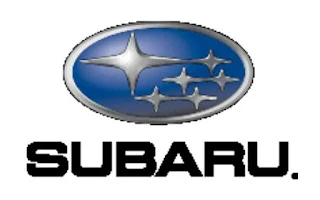Subaru started life in 1917 as the Aircraft Research Laboratory and was renamed Nakajima Aircraft in 1932 when it became a major supplier to the Japanese military. The name was changed again to Fuji Sangyo before the government split it into 12 separate companies in 1950, but five of those companies rejoined to form Fuji Heavy Industries (FHI). Those five companies are represented by the five smaller stars on the company logo. CEO Kenji Kita pushed FHI into the car business in the 1950s and oversaw creation of the P1, a prototype four-door sedan and the first unit-body vehicle designed in Japan. Not satisfied with the names suggested in a company-wide competition, Kita called the car Subaru, the Japanese name for the Pleiades star cluster, when it went on sale in 1955.
The tiny air-cooled 360 model followed in 1958, and formed the basis for an introduction to the U.S. market spearheaded by Malcolm Bricklin and Harvey Lamm. The pair shifted from selling franchises to forming Subaru of America and establishing a national dealer organization. From 1971 to 1994, Subaru built the Leone (Italian for "lion"), a predecessor to today's Impreza. With eccentric 1970s styling, and a small-displacement flat-four "boxer" engine driving either the front or all four wheels, it set the stage for future Subaru automobiles. These included tiny vans, a wedge-shaped sporty car known as the XT, and a small pickup with rear-facing bed-mounted seats called the Brat. The quirkiness lessened in 1989, however, when the Legacy sedan and wagon were slotted above the Leone. More conventionally styled, the Legacy put the spare tire in the rear of the car instead of above the engine, and replaced the EA-series motor with the more refined EJ version.
Founded
FHI established July 7, 1953 first Subaru car introduced 1954
Headquarters
Ebisu, Tokyo, Japan
Founder
Kenji Kita
Chikuhei Nakajima (predecessor)
Chikuhei Nakajima (predecessor)
Website
http://www.subaru-global.com
As if to prove it's still a technology maverick, Subaru debuted a turbocharged boxer diesel at the 2007 Frankfurt Motor Show, and is rumored to be readying a version for sale in the U.S. It will be joined in 2010 by a new Legacy, and a year or two later by a sports coupe the company is developing in conjunction with Toyota.

